Ka Hālau Hanakeaka
The Hawaiian language theatre troupe Ka Hālau Hanakeaka has led the way since 1995 for this modern form of Hawaiian medium theatre. Kaliko Baker and myself co-founded this hālau (a place of learning, school, and also a traditional longhouse for gatherings and performance) with our peers while we were Hawaiian language students at the University of Hawai‘i at Mānoa. Our work has contributed to the Hawaiian language revitalization movement through performances for immersion school children and the development of curriculum surrounding those performances.
Since its inception, Ka Hālau Hanakeaka has committed to touring our productions to schools across the Hawaiian archipelago, creating access for rural Hawaiian communities to experience Hawaiian medium theatre. The hālau was officially established in January 1996 shortly after the premiere of our first production, Kaluaiko‘olau: Ke Kā‘e‘a‘e‘a o nā Pali Kalalau, in December 1995. Ka Hālau Hanakeaka has produced more than a dozen Hawaiian medium productions, some as curriculum in both the Kawaihuelani Center for Hawaiian Language in Hawai‘inuiākea School of Hawaiian Knowledge and in the Hawaiian Theatre Program in the Department of Theatre and Dance at the University of Hawai‘i at Mānoa.
Besides providing an opportunity for our community to be entertained in the medium of Hawaiian language, Ka Hālau Hanakeaka holds steadfast to the values of education, intergenerational knowledge transmission, ancestral knowledge, cultural practices, and the socialization of our people. The value of hana keaka is in the retelling of our stories, which presents traditional knowledge, practices, beliefs, and lessons to a new generation of Kānaka Maoli. This confirms four things: we have our own stories; those stories are connected to our ancestors, be it human, land, or deities; our language is alive and is a viable means of communication; and there is value in celebrating our culture. Each hana keaka production has been a means to honor kūpuna, to perpetuate ‘Ōlelo Hawai‘i raising the level of language fluency in our community, and to empower Kanaka Maoli identity.
This familial connection creates a sense of responsibility and accountability on the part of the cast members, the artistic team, and the playwright to present accurate and authentic representations of the mo‘olelo adapted for the stage.
‘O ke Kahua ma mua, ma hope ke Kūkulu – First the Foundation, Then the Building
The most recent achievement in the advancement of the teaching and practice of hana keaka has been the institutionalization of the medium at the University of Hawai‘i at Mānoa. In fall 2014, the Department of Theatre and Dance established the Hawaiian theatre program inclusive of a graduate degree, a master of fine arts in Hawaiian theatre. To my knowledge this degree program is the only Indigenous graduate degree of its kind in the world.
Program course work includes the history of theatre in Hawai‘i, the study and analysis of Indigenous Hawaiian theatre, and training in both traditional and contemporary Hawaiian performance forms. Students enrolled learn the art form of hana keaka and participate in original Hawaiian medium productions on the Kennedy Theatre mainstage that reflect and honor the language, traditions, history, and values of Kānaka Maoli. Furthermore, the program ensures the regular staging of hana keaka productions for the Hawai‘i community.
Two full-length hana keaka have been produced since the establishment of the program: Lā‘ieikawai (2015) and Nā Kau a Hi‘iaka (2017). The inaugural production, Lā‘ieikawai, played to sold-out audiences and toured command performances on the neighbor islands of Kaua‘i, Hawai‘i, and Moloka‘i. Lā‘ieikawai also toured to Aotearoa/New Zealand and was a featured showcase production at the 2016 Kennedy Center American College Theatre Festival. Reviews in the local newspapers commended the production, calling it “A cultural and linguistic triumph.”
Nā Kau a Hi‘iaka, written and directed by Kau‘i Kaina, the first graduate of the MFA program in 2017, was the first Hawaiian theatre MFA thesis production of our new program. Both Lā‘ieikawai and Nā Kau a Hi‘iaka presented traditional mo‘olelo with themes highly relevant to today’s world, evoking strong emotions from audience members. Most recently, the Hawaiian theatre program collaborated with Todd Farley for his MFA thesis production of Moʻolelo o ke Koa, a Hawaiian-language adaptation of Stravinsky’s L’Histoire du soldat (Soldier’s Tale). The production featured a live orchestra, European mime, physical theatre, as well as Hawaiian and European dance forms to tell the story of Koa, a Hawaiian warrior returned home from war, and his struggle with the lure of colonialism and the seduction of materialism that came with it.
The next hana keaka on the Kennedy Theatre mainstage will open in September 2019. Students are currently enrolled in a Hawaiian acting workshop course designed to train them in vocal and movement techniques that are utilized in traditional Hawaiian performance forms: hula (dance), oli (chant), mele (song), and hula ki‘i (puppetry). Students are also introduced to ha‘i ‘ōlelo (recitation) and ha‘i mo‘olelo (storytelling), and learn to perform hana keaka (Hawaiian acting technique). The original production is set in contemporary times infusing our modern struggles with our traditional histories.
Ha‘ina ‘ia Mai Ana ka Puana – And So the Refrain of My Song is Told
The mole (ancestral root/foundation) of hana keaka are the traditional performance forms that have existed since time immemorial. Therefore, hana keaka is an innately Kanaka Maoli expression of art that serves our community. As a playwright and director, I have had the privilege to carry this responsibility, serving as a vessel for the perpetuation of our stories, the promotion of our language, and the empowerment of our identity.
In our culture we are often guided to our work by our kūpuna. The storytelling that was instilled in me throughout my formative years prepared me for the work I do today in creating Hawaiian medium theatre. Hana keaka provides a venue for Kānaka Maoli to articulate their voice, recount historical events, and promote Hawaiian epistemology, ontology, cultural values, and practices. Performing our stories in our language is a revolutionary act that reclaims history, empowers Kanaka Maoli identity, elevates our people, and awakens Kanaka Maoli consciousness for generations to come. E ola mau ka mo‘olelo Hawai‘i—our stories/history shall live on!

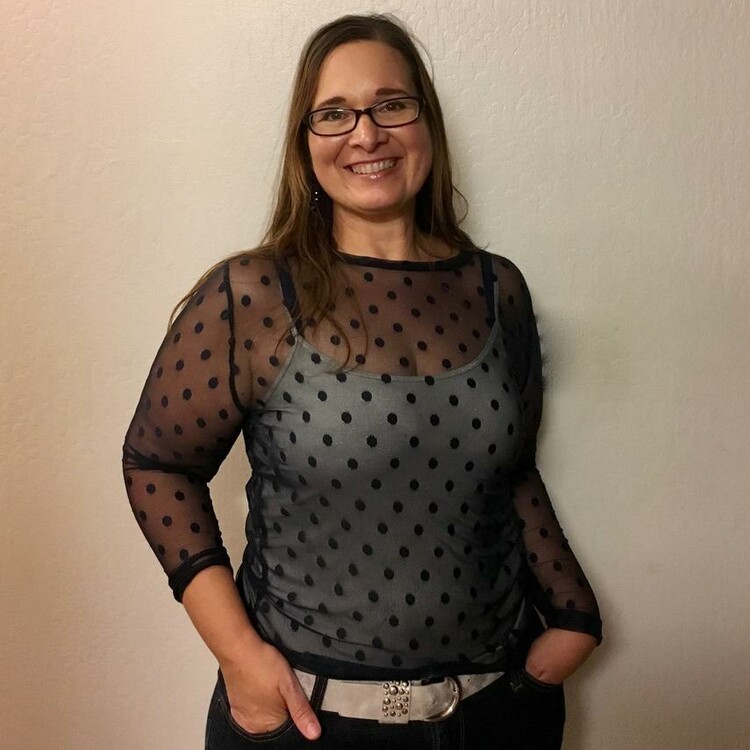
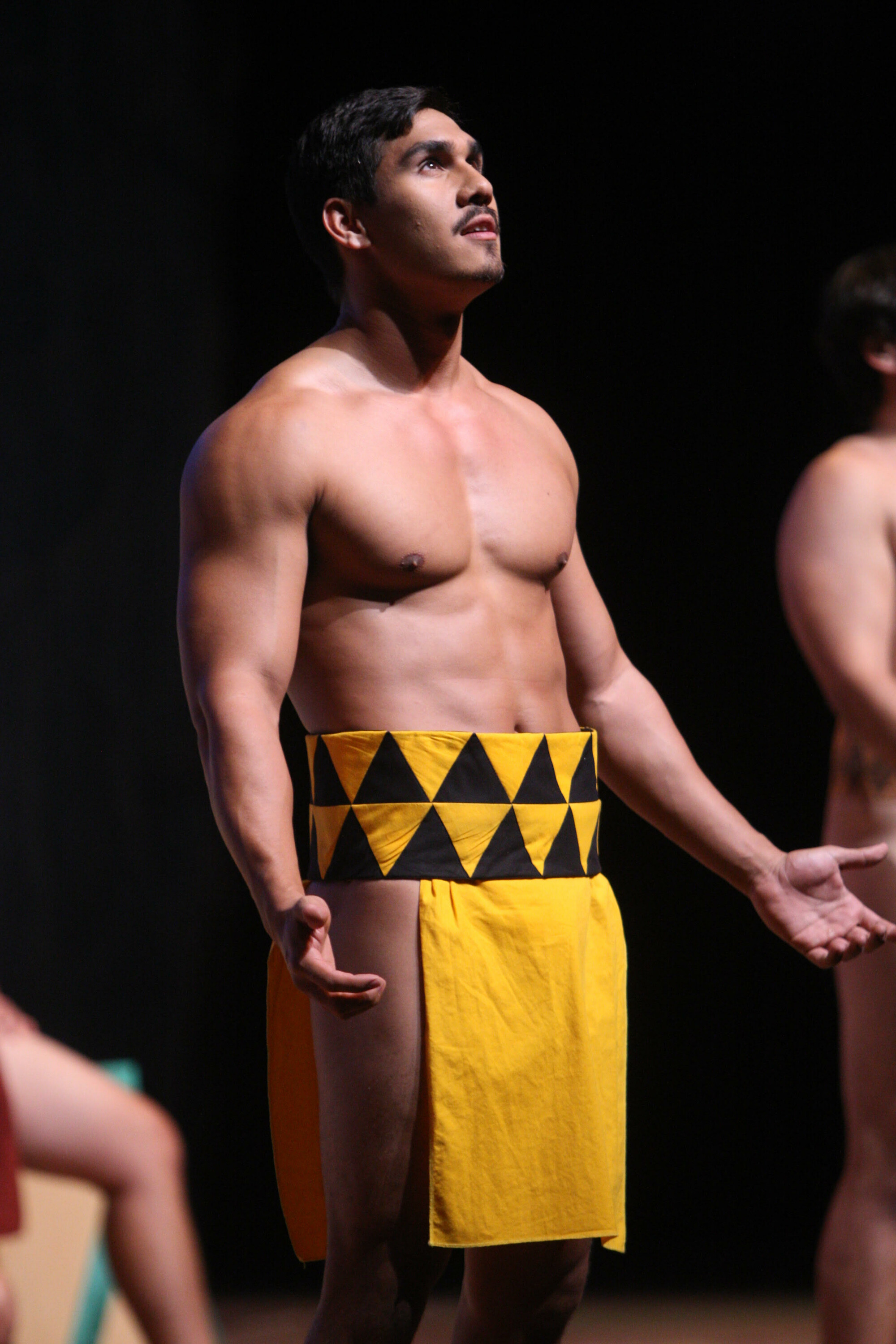
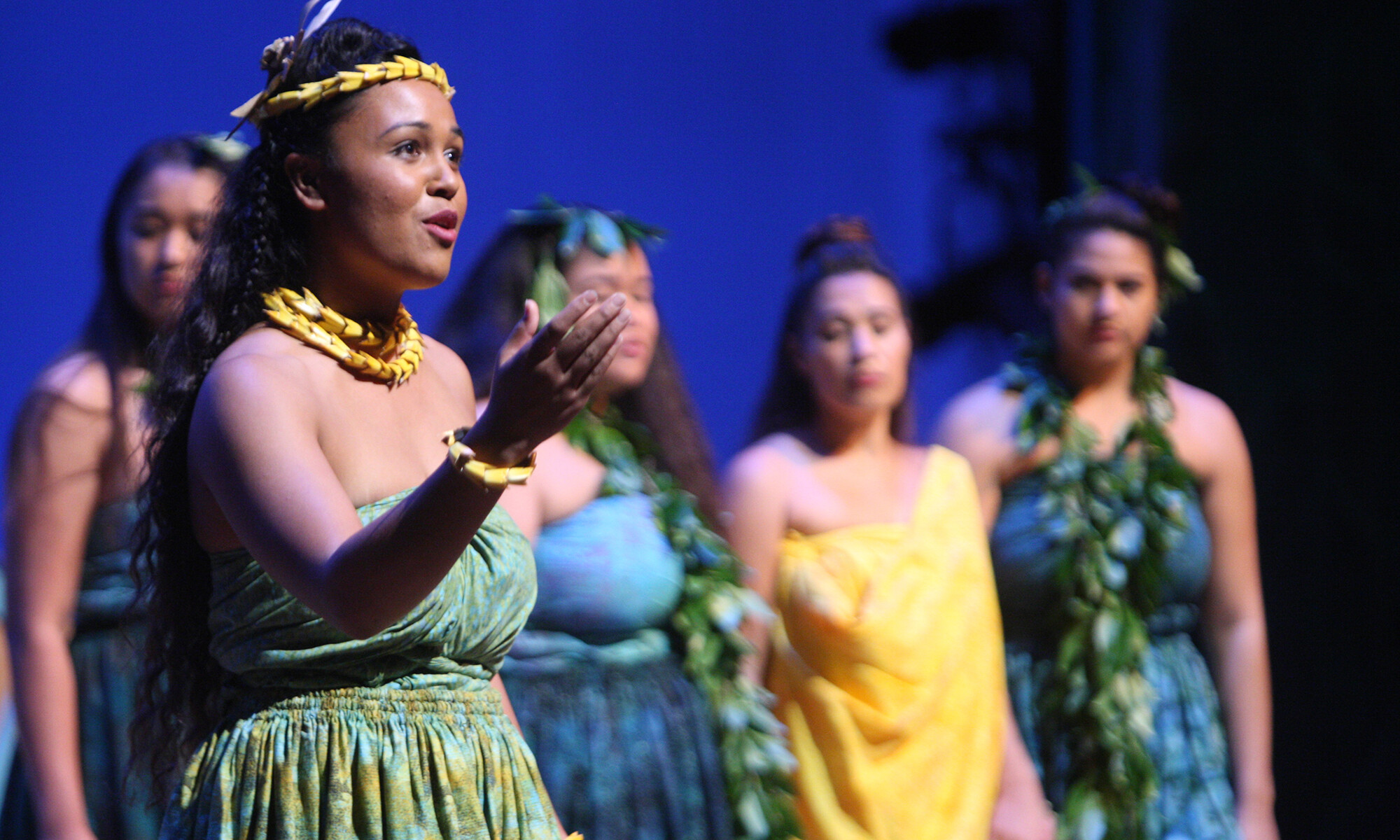
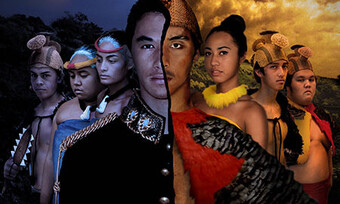





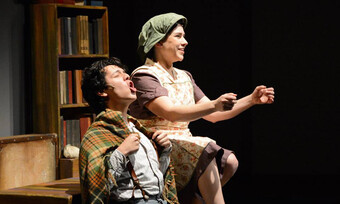

Comments
The article is just the start of the conversation—we want to know what you think about this subject, too! HowlRound is a space for knowledge-sharing, and we welcome spirited, thoughtful, and on-topic dialogue. Find our full comments policy here